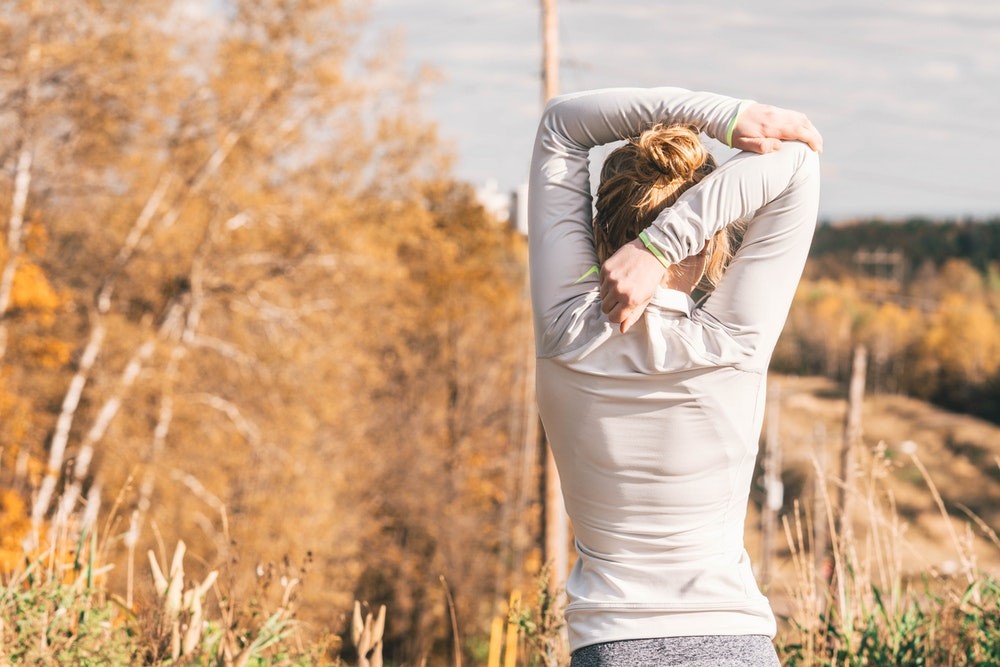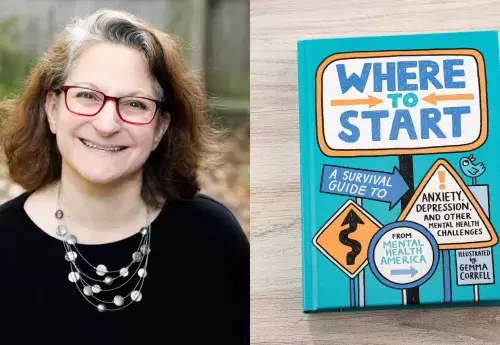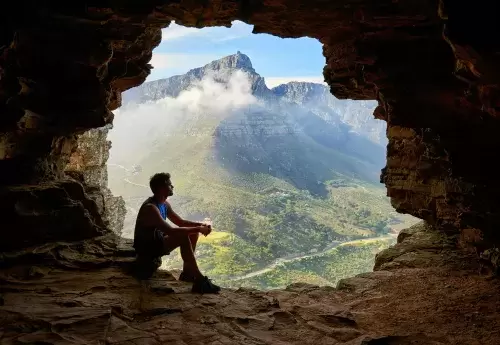
Each Sexual Assault Awareness Month I’m overwhelmed with so many people standing up and speaking out about their experiences with sexual violence. I feel the catharsis of hearing and reading people share stories like mine. I feel waves of hope about a future where these things are not only talked about but prevented. I feel connected to other people like me, who felt for so long that things had to be kept a secret, that they were at fault, that they were unsure about what to do or who to tell or how to make sense of things that happened and repeatedly happened.
I’m also reminded of how privileged I am. I am lucky enough to have had access to professional supports. While it wasn’t initially the case, I ended up in communities that did validate my experiences. When they found out, my parents not only supported me emotionally but also supported me in how I decided to deal with the things that happened. Even the ways I coped, from heavy drinking to bulimia to general dysfunction, would eventually be acknowledged as me handling my feelings and experiences in the best ways that I could at the time.
But even with professional supports, access to information about PTSD, and connection to others, my recovery felt incomplete. I always felt the need to escape and wanted to punish my body. I would suddenly be stuck in feeling like things weren’t real or that I wasn’t real. I was on constant alert that people around me might try to hurt me. And, honestly, these things still happen. But the biggest difference in how I deal with them, and how much I’ve improved, has been acknowledging my body as a key part of recovery.
While talk therapy and support from others has been helpful, none of those things really helped me with the chaos that I felt in my physical body. They didn’t help me navigate the tension I felt or my inability to relax. What did help me was yoga, but for others it is often dance, Trauma Releasing Exercises, somatic experiencing, and many other modalities that acknowledge the ways in which trauma is physically stored.
Learning to observe physical sensations, understanding trauma’s impact on my brain and body, and moving through them in my yoga practice has made a huge difference. While the struggles haven’t gone away completely, my relationship to my body has improved. I can now acknowledge what is happening, have compassion for my body, and have another choice that isn’t my previous life of trying to numb it away.
We should provide survivors with all the supports they need, but it’s more than just talking about it. It’s learning how to feel safe in your body and how the body processes trauma. It’s important for us to share that information with survivors, too.




